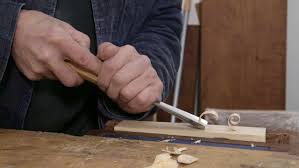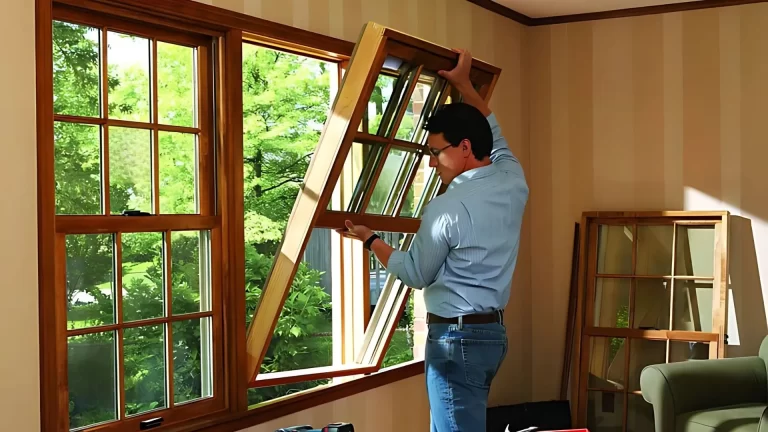
The craft of woodworking demands precision, patience, and the appropriate hardware. No matter if you’re making an intricate sculptural piece or a decorative one, getting the proper tools in your toolbox can mean the world to you.
But with such a wide variety of gouges to choose from, figuring out which ones you need can be difficult. So here are the 5 most common woodworking gouges for a woodworker’s toolbox, and some tips on picking and caring for them to achieve the optimum results.
Introduction to Woodworking Gouges
No matter how experienced a carpenter is, gouges are a necessary tool. Every one of the many forms and sizes is intended for a certain purpose. How do woodworkers know they should be in their toolkits, though, and what are they? We’ll examine the many kinds of gouges in this post and offer suggestions for selecting the most appropriate carving gouge for a given project.
Gouges are excellent carving tools with curved blades for creating delicate cuts, gouging out wood, and cutting into concave wood surfaces. In contrast to gouges, which have straight edges, gouges are agile and may be used for a variety of tasks, such as making little details or carving out shapes.
The 5 Essential Gouges for Your Toolkit
Having a diverse toolkit is crucial when it comes to woodworking. The following five essential wood carving tools are worth to include in your collection:
- Sweep Gouge:
- Description: The bent gouge of a sweep gouge is perfect for swiftly removing huge volumes of wood;
- Use: Excellent for producing flowing, smooth curves and roughing out forms.
- Flat Gouge:
- Description: This carving gouge’s flatter curvature, as the name implies, makes it ideal for more precise cuts;
- Use: Perfect for applying final touches and smoothing flat surfaces.
- U-Gouge:
- Description: This tool’s U-shaped blade makes it an excellent tool for making deep channels and grooves;
- Use: Excellent for cutting rounded edges and hollowing down sections.
- V-Gouge:
- Description: The V-shaped blade of this wood carving gouge is ideal for making accurate, crisp cuts;
- Use: Frequently applied to add ornamental patterns, writing, and fine details.
- Skew Gouge:
- Description: The skew gouge’s inclined blade makes it easy to cut following the wood’s grain;
- Use: Great for shaving and planing thin wood layers.
You’re ready for a multitude of woodworking jobs when you have these five essential gouges in your toolbox. Each wood gouge has a specific role, so you can easily and accurately form, flatten, and detail the work you do.
How to Choose the Right Gouges for Your Projects
When choosing gouges for your woodworking tasks, there are a few important things to consider. That’s something you should keep in mind:
- Think about your skill level: For those just learning to carve, it’s wise to choose a plain set of carving gouges that handle the basics, such as finishing, scraping, and shaping;
- Material issues: Carbide vs. Steel: The material of the gouge largely determines the durability and sharpness of the gouge. Steel gouges are known for their price, variety, and ability to be easily sharpened;
- Handle Design and Comfort: If you work on projects for extended periods, comfort is crucial. To avoid hand strain, choose for gouges with ergonomic handles that provide a firm grip.
You can make sure that your tools improve rather than detract from your expertise by carefully selecting wood carving gouges that fit your comfort level, preferred material, and ability level.
Maintenance Tips for Your Gouges
The durability and functionality of your woodworking gouges depend on proper care and upkeep. The following important advice can help you keep your gouges in good condition:
- Sharpen your gouges: Keeping your chisels sharp is essential for both effectiveness and convenience of usage;
- Tool cleaning and storage: After every usage, make sure your carving gouges are completely clean to get rid of dust, wood shavings, and other debris. Always use a soft, dry cloth to clean the wood gouges and lightly oil them to stop them from rustling;
- Important summary points, you should clean and sharpen your gouges regularly to ensure optimal performance.
You can maintain your woodcarving gouges in excellent condition for many years to come by according to these care recommendations.
Write and Win: Participate in Creative writing Contest & International Essay Contest and win fabulous prizes.


